Package: colorout (via r-universe)
September 29, 2024
Version 1.3-2
Date 2024-09-29
Title Colorize R Output on Terminal Emulators
Author Jakson Aquino and Dominique-Laurent Couturier
Maintainer Jakson Alves de Aquino <[email protected]>
OS_type unix
Imports utils
Description Colorize R output when it is running on a terminal
emulator. The functions of this package only work if R is
compiled for Unix systems and it is running interactively in a
terminal emulator. The terminal must support Select Graphic
Rendition (SGR, also known as ANSI escape codes or sequences).
The package contains a C library with a function that replaces
the default Rstd_WriteConsoleEx which, when enabled, is
responsible for printing messages in the Console when R is
running in interactive mode. It works with RStudio, but there
is no support for Graphical User Interfaces that does not
support ANSI colors, such as Windows RGui.
License GPL (>= 2)
URL https://github.com/jalvesaq/colorout
Repository https://r-multiverse.r-universe.dev
RemoteUrl https://github.com/jalvesaq/colorout
RemoteRef v1.3-2
RemoteSha 6eca95213c6cb2fae1c2c4eaccf43de4c93a65b5
Contents
colorout-package . . . . . . . . . . . . . . . . . . . . . . . . . . . . . . . . . . . . . . 2
addPattern . . . . . . . . . . . . . . . . . . . . . . . . . . . . . . . . . . . . . . . . . . 5
ColorOut . . . . . . . . . . . . . . . . . . . . . . . . . . . . . . . . . . . . . . . . . . 6
deletePattern . . . . . . . . . . . . . . . . . . . . . . . . . . . . . . . . . . . . . . . . 6
1

2 colorout-package
isColorOut . . . . . . . . . . . . . . . . . . . . . . . . . . . . . . . . . . . . . . . . . . 7
listPatterns . . . . . . . . . . . . . . . . . . . . . . . . . . . . . . . . . . . . . . . . . . 7
noColorOut . . . . . . . . . . . . . . . . . . . . . . . . . . . . . . . . . . . . . . . . . 8
setOutputColors . . . . . . . . . . . . . . . . . . . . . . . . . . . . . . . . . . . . . . . 8
setOutputColors256 . . . . . . . . . . . . . . . . . . . . . . . . . . . . . . . . . . . . . 11
setZero . . . . . . . . . . . . . . . . . . . . . . . . . . . . . . . . . . . . . . . . . . . 11
show256Colors . . . . . . . . . . . . . . . . . . . . . . . . . . . . . . . . . . . . . . . 12
unsetZero . . . . . . . . . . . . . . . . . . . . . . . . . . . . . . . . . . . . . . . . . . 13
Index 14
colorout-package Colorize R output on terminal emulators
Description
Colorize R output when it is running on a Unix terminal emulator. The library also works within
RStudio, but there is no support for other Graphical User Interfaces, such as Windows RGui, RK-
ward, JGR, Rcmdr that cannot display ANSI colors. It also did not work with Emacs with ess. The
functions of this package only work if R is compiled for Unix systems (e.g., Linux and OS X) and
it is running interactively in a terminal emulator. The terminal emulator might have been called by
a text editor, such as Vim, Gedit, Kate or Geany.
Homepage: https://github.com/jalvesaq/colorout
Screenshot:
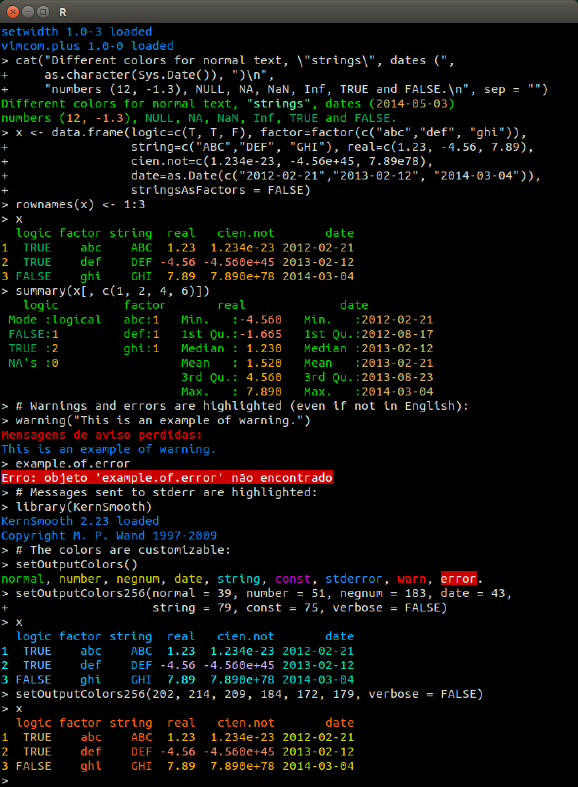
colorout-package 3
Details
The terminal must support Select Graphic Rendition (SGR, also known as ANSI escape codes or
sequences), otherwise you may see garbage like this:
> rnorm(5)
[32m[ [33m1 [32m] [0m [32m [33m0.07574585 [32m [0m [32m
[33m0.88167822 [32m [0m [32m [33m0.60788656 [32m [0m [32m
[33m1.13590951 [32m [0m [32m [33m1.07758879 [32m [0m [32m [0m
The package contains a C library with a function that replaces the default Rstd_WriteConsoleEx
which, when enabled, is responsible for printing messages in the Console when R is running in
interactive mode. R should be built against libreadline since libedit may cause issues.
4 colorout-package
The function that enables the colorization of R output is ColorOut, and it is called automatically
when the package is loaded. However, it will do nothing if Sys.getenv("TERM") returns either
"" or "dumb". The output will not be colorized also if the result of either interactive() or
isatty(stdout()) is FALSE. You can change this behavior by putting in your ‘~/.Rprofile’ one
or more of the following options:
options(colorout.verbose = 0)
options(colorout.anyterm = TRUE)
options(colorout.dumb = TRUE)
options(colorout.noninteractive = TRUE)
options(colorout.notatty = TRUE)
With colorout.anyterm == TRUE, the package will not check the ‘TERM’ environment variable, and
it will also not test whether R is running interactively. If your terminal emulator is capable of dis-
playing ANSI colors but is not being recognized you may put the following in your ‘~/.Rprofile’:
if(interactive()){
options(colorout.anyterm = TRUE)
library(colorout)
}
And of course, you can use any arbitrary condition to decide whether to load colorout or not. For
instance:
if(isatty(stdout())){
options(colorout.anyterm = TRUE)
library(colorout)
}
If colorout.verbose > 0, the package will display a warning if the output is not going to be col-
orized.
A 256 color scheme is used by default. If your terminal emulator only supports 8 colors, you will
have to set your own color scheme. Please, see the example at setOutputColors.
Author(s)
See Also
ColorOut, noColorOut, setOutputColors, show256Colors and setZero. The package setwidth up-
dates the value of options("width") automatically when the terminal is resized.

addPattern 5
addPattern Add custom pattern to be colorized
Description
Enable colorizing of custom patterns.
Usage
addPattern(pattern, color)
Arguments
pattern String representing the pattern to be colorized. The patterns are literal strings.
The only two types of regular expression accepted are (1) a range of ASCII
characters surrounded by square brackets and separated by a hyphen and (2)
either an ASCII character or a range of ASCII characters followed by an asterisk
(see section Examples below).
color Formating and color of the pattern (see the Details section in setOutputColors).
Value
NULL.
Author(s)
Jakson A. Aquino <[email protected]>
Examples
# Slash separated date (YYYY-MM-DD):
addPattern("[1-2][0-9][0-9][0-9]/[0-1][0-9]/[0-3][0-9]", 179)
# Date in Year-quarter format:
addPattern("[1-2][0-9][0-9][0-9] Q[0-4]", 179)
# Date in "Month Year" format (Not perfect; it will wrongly colorize strings
# such as"Not 2019"):
addPattern("[A-S][a-u][b-z] [1-2][0-9][0-9][0-9]", 179)
# If all columns in a data.frame start with the letter 'q' followed by a
# number end, in some cases, by other letters, colorize them:
addPattern("q[0-9]*", 123)
addPattern("q[0-9]*[a-z]*", 123)
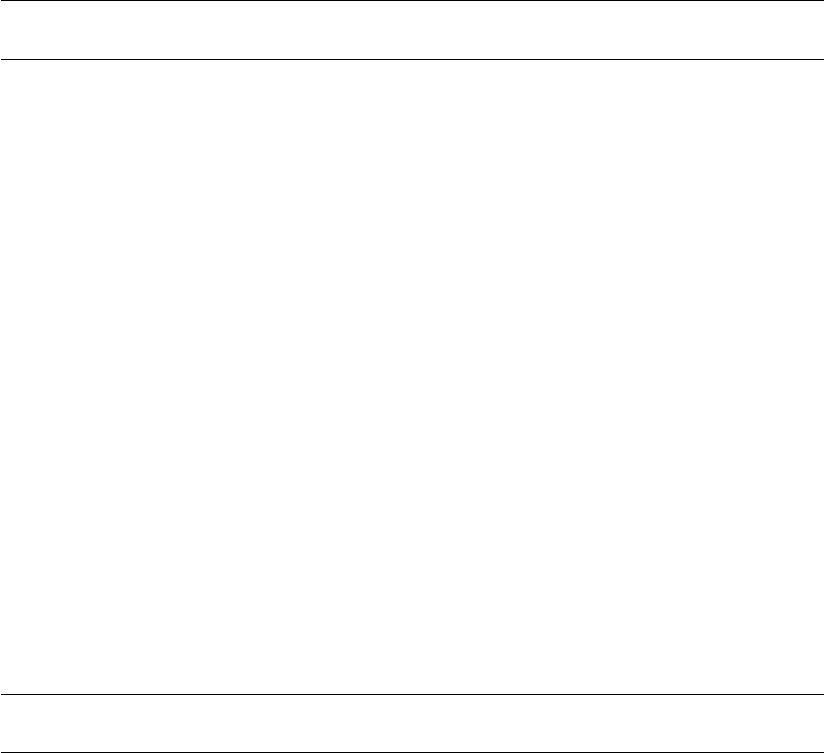
6 deletePattern
ColorOut Colorize R output in terminal emulator
Description
Colorize output of R running in a terminal emulator. The function is called automatically when the
package is loaded.
Usage
ColorOut()
Details
The library works within RStudio, but there is no support for Graphical User Interfaces, that does
not support ANSI colors. If running in a terminal emulator, it must support ANSI escape codes.
Please, read colorout-package for more details.
Emacs/ESS users should read colorout-package to know how to enable and use the package.
Value
NULL.
Author(s)
Jakson A. Aquino <[email protected]>
deletePattern Delete custom pattern that was being colorized
Description
Do not colorize previously defined string pattern.
Usage
deletePattern(pattern)
Arguments
pattern String representing the pattern to be colorized. The patterns are literal strings.
Value
NULL.
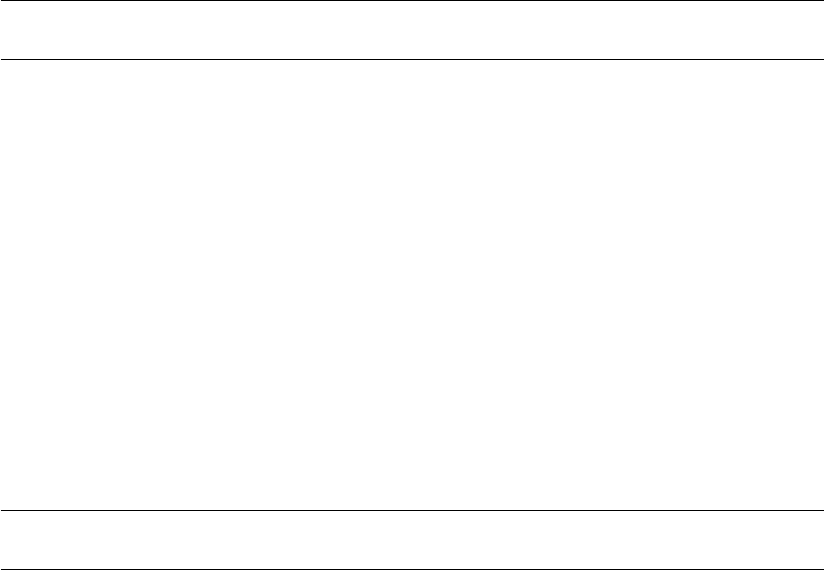
isColorOut 7
Author(s)
Jakson A. Aquino <[email protected]>
See Also
addPattern.
Examples
# Slash separated date (YYYY-MM-DD):
deletePattern("[1-2][0-9][0-9][0-9]/[0-1][0-9]/[0-3][0-9]")
# Delete all user defined patterns:
deletePattern(listPatterns())
isColorOut Check if colorizing of R output is enabled
Description
Function to check if colorizing of R output is enabled.
Usage
isColorOut()
Value
TRUE if the colorizing of R output is enabled and FALSE otherwise.
Author(s)
Neal Fultz and Jakson Aquino <[email protected]>
listPatterns List custom defined patterns that are colorized
Description
List patterns defined by users in their colors.
Usage
listPatterns()
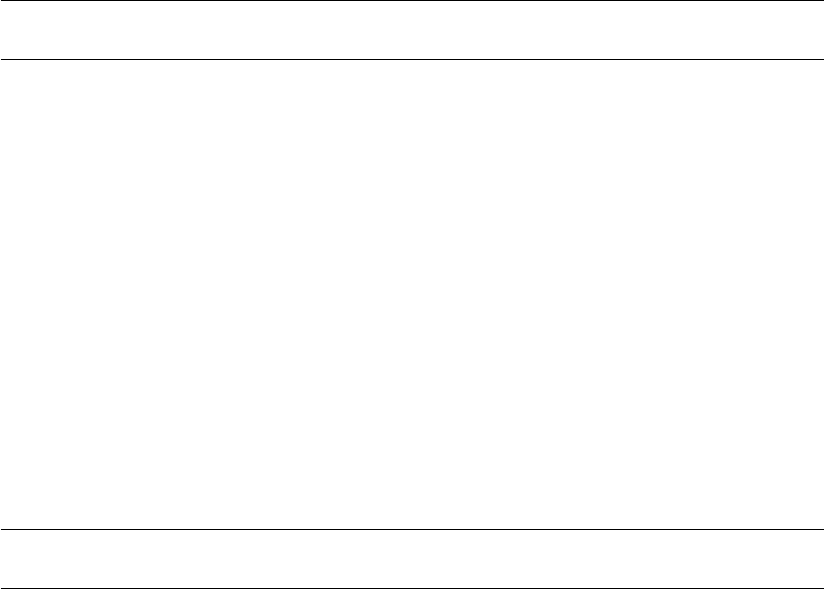
8 setOutputColors
Value
NULL.
Author(s)
Jakson A. Aquino <[email protected]>
noColorOut Stop colorizing R output
Description
Stop colorizing R output.
Usage
noColorOut()
Value
NULL.
Author(s)
Jakson A. Aquino <[email protected]>
setOutputColors Set the Colors to Be Used on R Output
Description
Set the output colors to be used if R is running in a terminal emulator. The terminal must be capable
of displaying 256 colors. See a screenshot at colorout-package.
Usage
setOutputColors(normal = 40, negnum = 209, zero = 226,
number = 214, date = 179, string = 85,
const = 35, false = 203, true = 78,
infinite = 39, index = 30, stderror = 213,
warn = c(1, 16, 196), error = c(160, 231),
verbose = TRUE, zero.limit = NA)
setOutputColors 9
Arguments
normal Formating and color of normal text.
negnum Formating and color of negative numbers.
zero Formating and color of values being close to 0.
number Formating and color of positive numbers.
date Formating and color of dates and hours. For dates, the output format should be
‘YYYYxMMxDD’ or ‘DDxMMxYYYY’, where the separator x may equal ’-’ or ’/’. For
hours, the output format should be ‘HH:MM:SS’.
string Formating and color of quoted text.
const Formating and color of NULL, NA and NaN.
false Formating and color of FALSE.
true Formating and color of TRUE.
infinite Formating and color of Inf and -Inf.
index Formating and color of vector indexes.
stderror Formating and color of text sent to stderr.
warn Formating and color of warnings.
error Formating and color of errors.
verbose Logical value indicating whether to print colored words showing the result of
the setup.
zero.limit The limit below which a value is considered close to 0. If set, the colorizing of
zero and values near zero is enabled. You can also use the function setZero to
set this value at any time and unsetZero to disable the colorizing of values near
zero.
Details
The function takes numeric vectors of at most three elements each. The three numbers indicate,
respectively, formating, background color and foreground color. If a vector has only one element,
the number will be used to set the foreground color; if it has two elements, they will be used to set
the background and foreground colors.
If you pass a string as a color, it will be used as is. Thus, you should pass valid strings (please, see
the true color example below). The string must have at most 63 characters.
The table below shows valid formating values (some formating codes do not work properly in some
terminal emulators):
Value Formating
0 No formating
1 Bold or bright
2 Faint
3 Italic or inverse
4 Underline
5 Blink slowly
10 setOutputColors
6 Blink quickly
7 Invert
The values of ANSI escape codes for 256 colors are different than the ones used in the function
setOutputColors. Run show256Colors to to get a table of the 256 colors and their codes.
Messages are colored as errors and warnings if they start with "Error" or "Warning" (or their
translations, if not running in an English locale).
If the ‘TERM’ environment variable is "fbterm", fbterm escape codes will be used instead of the
ANSI ones and the format values will be ignored.
Value
NULL.
Author(s)
Jakson A. Aquino <[email protected]>
Examples
# Color scheme for terminal emulator with only 8 colors:
setOutputColors(normal = 2, negnum = 3, zero = 3, number = 3,
date = 3, string = 6, const = 5, false = 5,
true = 2, infinite = 5, index = 2, stderror = 4,
warn = c(1, 0, 1), error = c(1, 7),
verbose = TRUE, zero.limit = NA)
# Color scheme for white background:
setOutputColors(normal = c(0, 0, 18), number = c(0, 0, 90),
negnum = c(0, 0, 88), date = c(0, 0, 53),
string = c(0, 0, 22), const = c(0, 0, 94), stderror = 52)
# Color schemes for black background:
setOutputColors(normal = 39, negnum = 183, zero = 114, number = 51,
date = 43, string = 79, const = 75, zero.limit = 0.1)
setOutputColors(normal = 202, number = 214, zero = 220, negnum = 209,
date = 184, string = 172, const = 179, zero.limit = 0.01)
setOutputColors(normal = 202, number = 214, zero = NA, negnum = 209,
date = 184, string = 172, const = 179, zero.limit = 0.01)
# True color example:
# The color code starts with "\x1b[" and ends with "m"
# 38;2 means "foreground"
# 48;2 means "background"
# valid values for red, green, and blue are integers between 0 and 255
setOutputColors(normal = "\x1b[38;2;0;200;0m", # red = 0; green = 200; blue = 0
negnum = "\x1b[38;2;255;200;0m",
zero = "\x1b[38;2;255;255;0m",
number = "\x1b[38;2;200;255;75m",
date = "\x1b[38;2;155;155;255m",
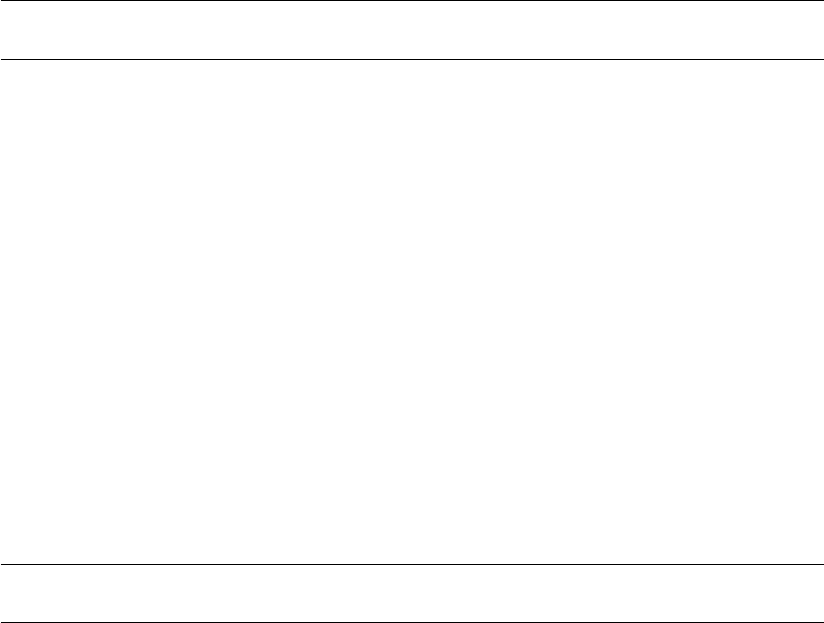
setOutputColors256 11
string = "\x1b[38;2;0;255;175m",
const = "\x1b[38;2;0;255;255m",
false = "\x1b[38;2;255;125;125m",
true = "\x1b[38;2;125;255;125m",
infinite = "\x1b[38;2;75;75;255m",
index = "\x1b[38;2;00;150;80m",
stderror = "\x1b[38;2;255;0;255m",
warn = "\x1b[38;2;255;0;0m",
error = "\x1b[38;2;255;255;255;48;2;255;0;0m",
zero.limit = 0.01)
setOutputColors256 Deprecated Function
Description
This function is deprecated. Use setOutputColors instead.
Usage
setOutputColors256(...)
Arguments
... Arguments to be passed to setOutputColors.
Value
NULL.
Author(s)
Jakson A. Aquino <[email protected]>
setZero Enable colorizing of numbers near zero
Description
Enable colorizing of numbers near zero
Usage
setZero(z = 1e-12)
Arguments
z The limit below which a value is considered close to 0.

12 show256Colors
Value
NULL.
Author(s)
Jakson A. Aquino <[email protected]>
See Also
unsetZero
show256Colors Create and show a table with 256 colors
Description
Create and show a table with 256 colors and their ANSI escape codes. The table should be displayed
in your browser. You have to hover the mouse over the colors to see their codes.
Usage
show256Colors(outfile = "/tmp/table256.html")
Arguments
outfile String. Path to file where the table will be saved.
Value
NULL.
Author(s)
and Ben Fritz (‘2html.vim’).

unsetZero 13
unsetZero Stop colorizing numbers near zero
Description
Stop colorizing numbers near zero
Usage
unsetZero()
Value
NULL.
Author(s)
Jakson A. Aquino <[email protected]>
See Also
setZero
